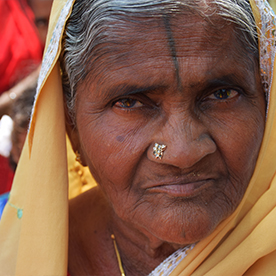

8 Min Read
Upstate Businesses Join Set Free to Change Lives This Holiday Season
Read More
3 Min Read
Aug 26, 2021



Maybe you learned what the caste system is in world history class in school. Maybe you thought it was a historical system that was left in the past a long time ago. But, unlike other societal divisions we’ve seen throughout history – this one still dictates much of life in India today. Including where you can live, what job you can hold, and even what water you can drink. But let me rewind. The caste system is deeply rooted in the Hinduism belief in karma and reincarnation.
Dating back more than 3,000 years, the caste system divides Hindus into four main categories - Brahmins, Kshatriyas, Vaishyas and the Shudras based on who they were in their past life, their karma, and what family line they come from. Many believe that the system originated from Brahma, the Hindu God of creation, believing that the Brahmins represent the eyes and mind of Brahma and are therefore often teachers and priests, the Kshatriyas represent his arms and are often warriors, the Vaishyas represent his legs and are often farmers or merchants, and the Shudras represent his feet and are often laborers.
Although there are 4 main castes, the system is divided into thousands of sub-castes, further dividing the people of India. Additionally, there is a whole separate caste, who society believes to be so vile that they aren't considered part of the system at all - the Untouchables or Dalits. They are completely shunned from society. forbidden to live amongst those of high castes.
Although many bigger cities across India have moved away from such a heavy influence on castes - the system is still very prevalent in villages across the country - determining who can live where, what job they can have, who they can speak to, and even what human rights they may have.
It's a system so deeply embedded in the culture of the country, it's guidelines and effects will live on for many years to come.
Christianity and the Dalits in India



See how far your dollars go in making an impact in the lives of others.